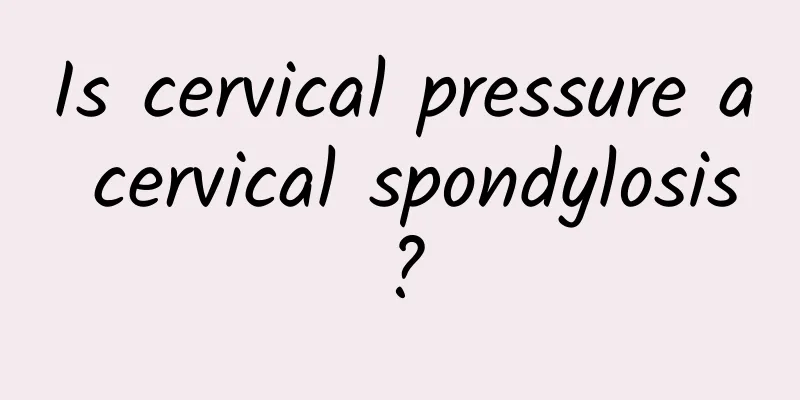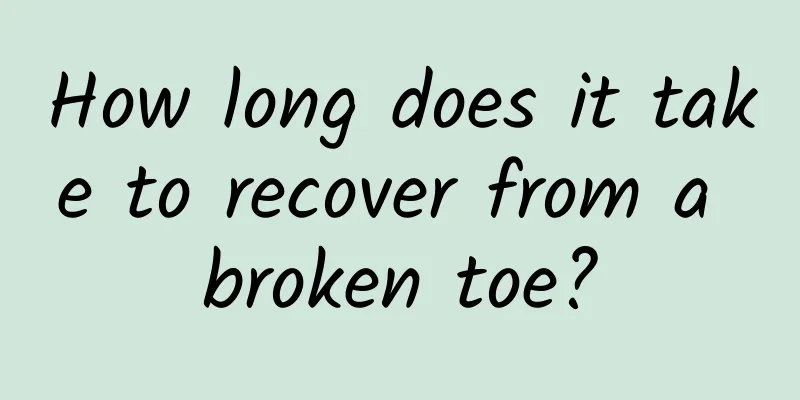Does prostate calcification need treatment?

|
When people get old, all kinds of problems start to arise. Most of them are damage accumulated over too long a time. When they are young, the body does not show any signs of improvement, but when they get old, all of them break out at once. For example, prostate calcification is a common disease among middle-aged and elderly people. Some people say that this is a normal phenomenon of aging and does not require treatment. In fact, this has a great impact on human health. Prostate calcification can cause relatively serious complications such as hydronephrosis. Let me introduce it to you below. Prostatic calcification is one of the common prostate lesions in men, mostly occurring between the ages of 40 and 60. The so-called calcification, in pathology, refers to the deposition of calcium salts in local tissues. It can be a normal physiological process or can be seen in certain pathological conditions. Due to the lack of typical clinical symptoms and signs, prostate calcification is often discovered through imaging examinations during the examination of prostate diseases and other urinary system diseases. In imaging examinations, prostate calcification appears as strong echoic foci or high-density foci within the prostate. With the popularization and improvement of ultrasound technology, the detection rate of prostate calcification has increased significantly. treat For prostate calcification without obvious clinical symptoms, generally no treatment is required. If there are other prostate lesions, treatment will be based on the specific circumstances. Antibiotic treatment It is currently the basic and commonly used method for the treatment of prostate calcification. However, the therapeutic effect of chronic prostatitis is not satisfactory due to: ① drug resistance of bacteria, pathogens and microorganisms. ②It is difficult for drugs to reach effective therapeutic concentrations within the alveoli. ③ However, large doses and excessive use of medication will not only fail to cure prostatitis, but may also cause abnormal liver and kidney function. Glandular injection therapy This treatment is a complementary approach to antibiotics in the treatment of prostatic hyperplasia and calcification. However, many years of clinical practice have found that this therapy has insurmountable drawbacks. Physical therapy With the help of various physical factors such as electricity, heat, light, sound, and water, it acts on the prostate gland, improves local blood circulation, and helps dissipate inflammation, but it cannot fundamentally kill bacteria, pathogens, and pathogenic microorganisms. Clinically, it is only used as an auxiliary treatment. |
<<: What causes built-up edge?
>>: Is prostate instrument treatment good?
Recommend
Normal thyroid ultrasound values
The thyroid tissue can be examined in a number of...
Acne with pustules on inner thighs
The inner thighs are where the body's moistur...
How does topical application treat knee joint effusion?
In patients with knee joint effusion, the patella...
The efficacy and function of Chinese medicine Gorgon Fruit and its edible method
The Chinese medicine Gorgon fruit has many wide-r...
Pregnancy without fetal heartbeat signs
The situation where there are no signs of fetal h...
Migraine Causes and Treatments
Nowadays, we need to face a lot of pressure in li...
TCM Neurology
Neurology is a secondary discipline related to th...
Will drinking green juice during breastfeeding cause milk to dry up?
It is now popular to drink green juice, but many ...
What causes epiglottic cyst? How to check epiglottic cyst
Epiglottic cyst is a benign tumor occurring in th...
Can chicory root tea lower uric acid?
Chicory root tea actually has a relatively high h...
The spleen meridian is an important acupuncture point for treating the stomach
The full name of the spleen meridian is the splee...
Which is better, scraping or cupping?
Today, with the living standards getting better a...
The efficacy and function of Dendrobium officinale flower essence tablets
At present, the efficacy of Dendrobium officinale...
Is gray hair hereditary?
Some people have white hair at a young age, which...
Can I get pregnant during the safe period?
Don't think that the safe period is a real tr...









